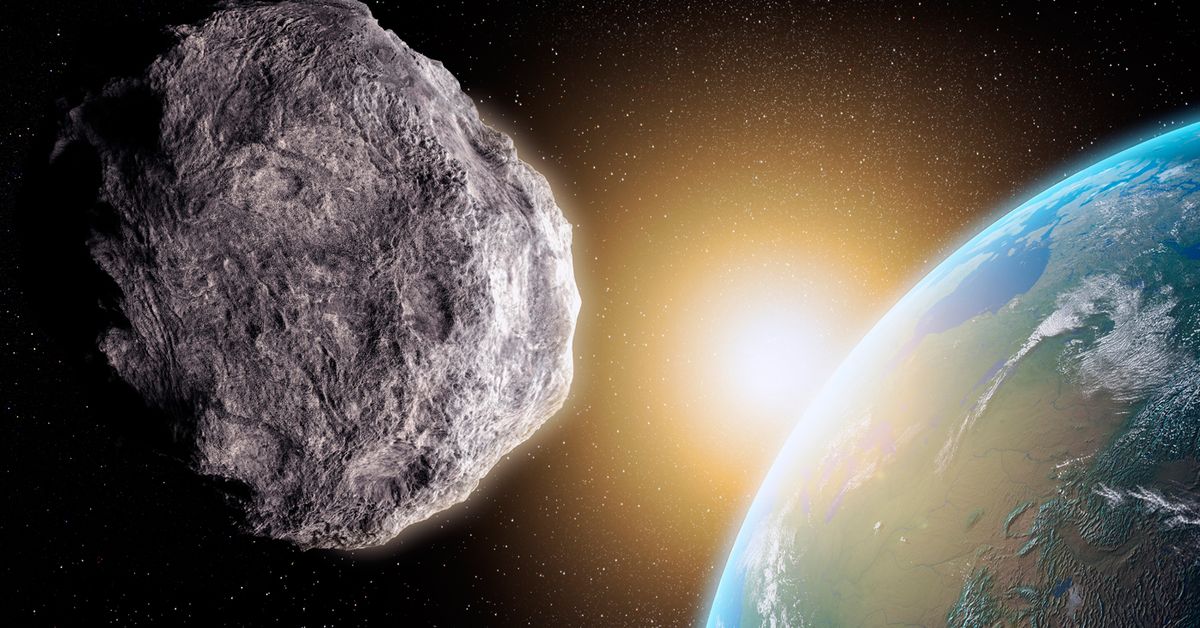- Joined
- May 7, 2011
- Messages
- 41,164
- Reaction score
- 35,927

'God of chaos' asteroid is speeding up as it heads towards Earth
An asteroid three times the size of a football field is speeding up as it heads towards Earthwww.9news.com.au
An asteroid three times the size of a football field is speeding up as it heads towards Earth, new evidence has revealed.
Researchers at the University of Hawaii Institute for Astronomy have found the Apophis asteroid — named after the Egyptian god of chaos — has accelerated due to something known as the Yarkovsky effect.
Scientists claim the phenomenon increases the possibility Apophis will make impact with Earth in 2068; an event previously thought "impossible".
The asteroid is being pushed around by sunlight. Yarkovsky acceleration comes into play when thermal radiation is no longer uniform, meaning some parts of the space-rock heat up faster than others.
"The new observations we obtained with the Subaru telescope earlier this year were good enough to reveal the Yarkovsky acceleration of Apophis," astronomer Dave Tholen said in a press release.
"They show that the asteroid is drifting away from a purely gravitational orbit by about 170 metres per year, which is enough to keep the 2068 impact scenario in play."
Interesting fact about asteroids.
The reason earth has survived so long is because of Jupiter. It's so large that its gravitational pull steers asteroids away from earth.
But we're not sure why so many asteroids keep coming toward earth before Jupiter redirects them. Many believe that there is something just outside our solar system that we can't see that is catapulting asteroids toward us. It's most likely a very large planet like Jupiter.
So effectively there's a supermassive dark planet throwing asteroids at us, and a supermassive light planet protecting us. Although the dark one could also be a black hole, or something else.


